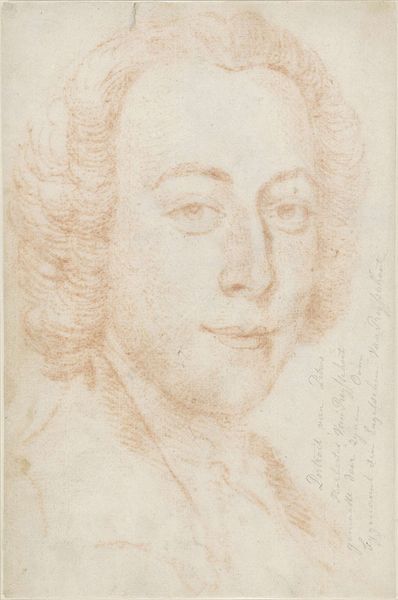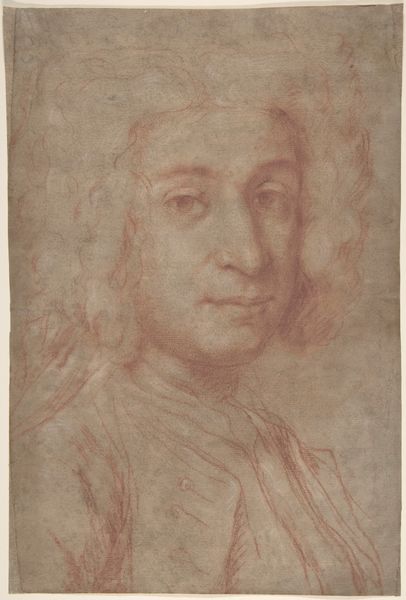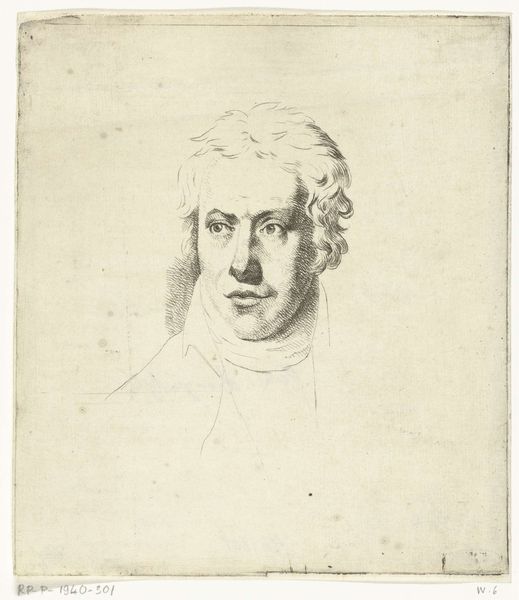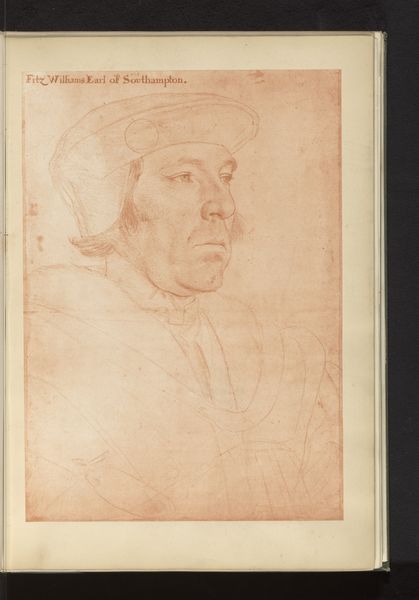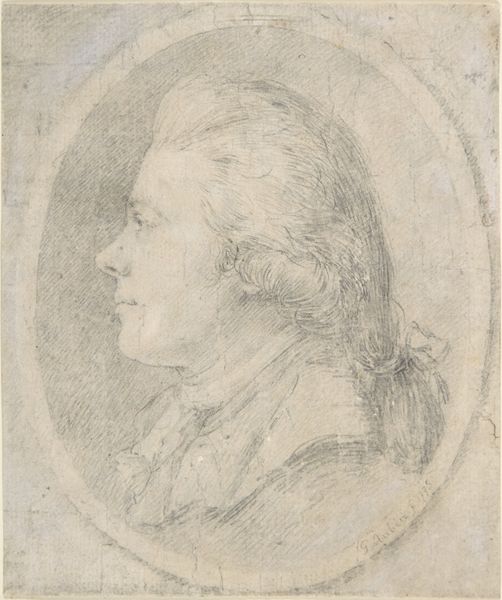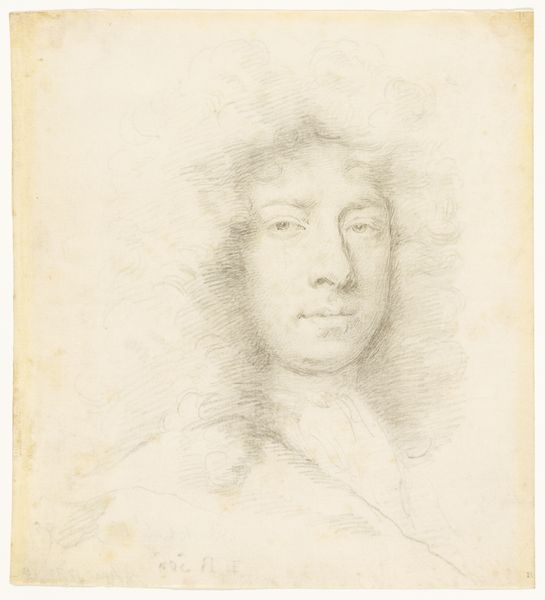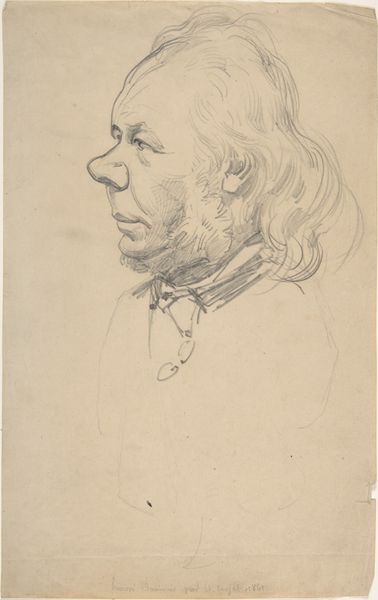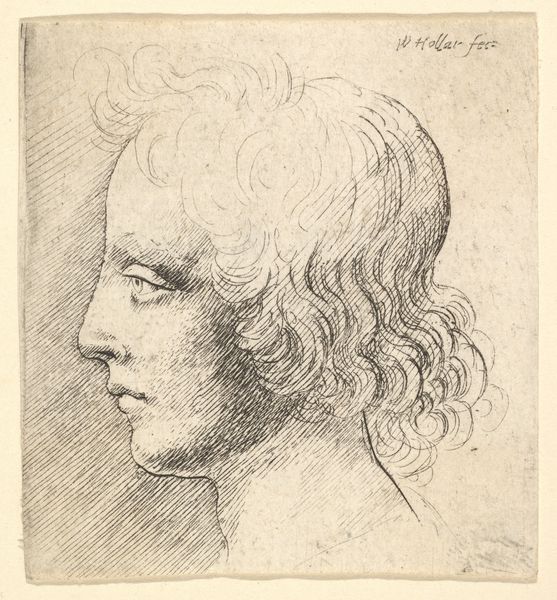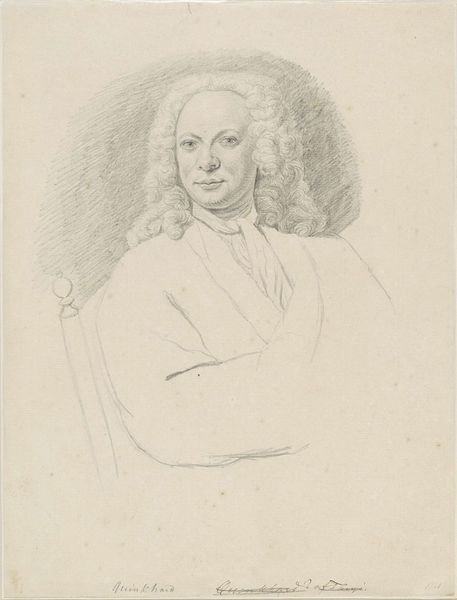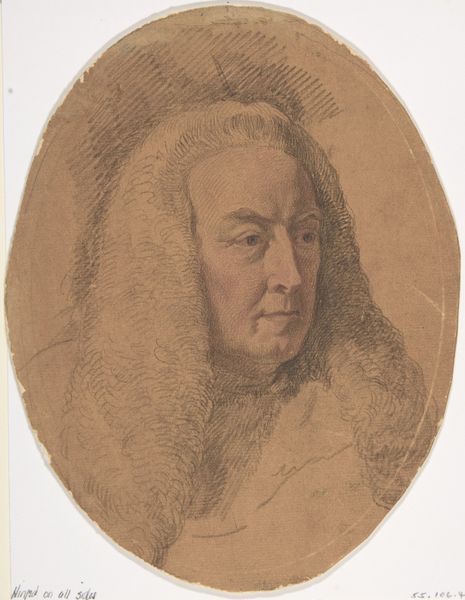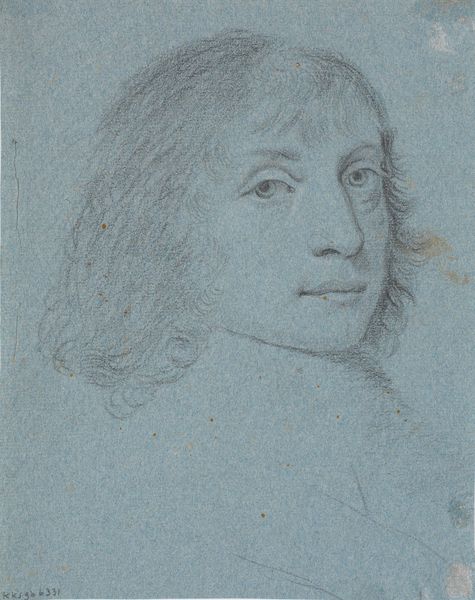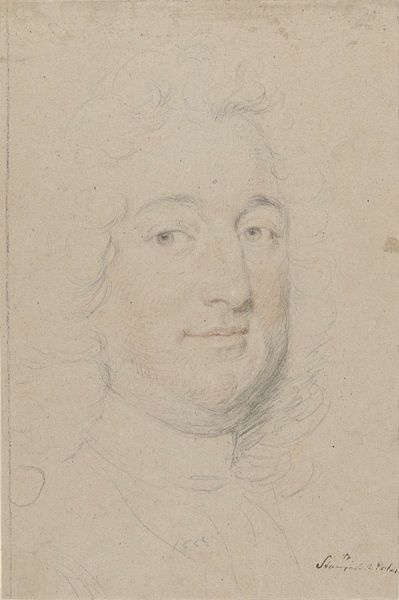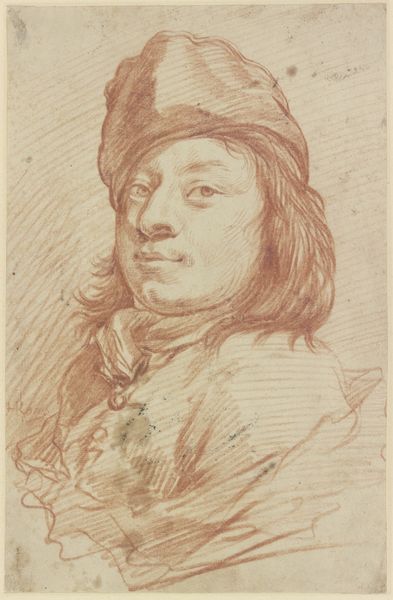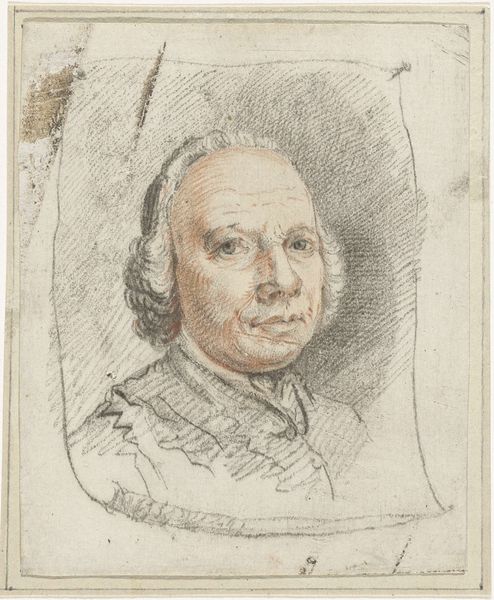
drawing, print, pencil
#
portrait
#
drawing
#
baroque
# print
#
form
#
pencil
Dimensions: Sheet: 10 5/8 x 8 3/8 in. (27 x 21.3 cm)
Copyright: Public Domain
Editor: Jonathan Richardson Sr.’s “Man’s Head,” dating from somewhere between 1680 and 1745, a drawing using pencil, ink, and printed materials, intrigues me with its simplicity. It seems like such an intimate and straightforward portrayal, a peek into the past. What strikes you most about this portrait from a historical context? Curator: Considering Richardson's "Man's Head," one can see the burgeoning market for portraiture prints and drawings in the late 17th and early 18th centuries. Think about the rise of the middle class; how did their aspirations influence artistic trends? Editor: It's interesting how access could shift an entire culture. Middle class portraiture... the beginning of 'selfies', maybe? How did institutions like salons or academies play into legitimizing this type of art? Curator: Precisely! Salons acted as gatekeepers, influencing what was deemed artistically meritorious. Did the rise of printmaking also perhaps challenge their established hierarchies? Did portrait drawings risk being seen as "lesser" than paintings within these spaces? Editor: Absolutely. Reproducibility changing what’s considered 'high art.' Also, thinking about this artwork’s place now in The Met, adds a layer too. What does it say about us as a society that we still cherish it? Curator: Good point. Consider what narratives we preserve and promote. This drawing signifies evolving societal structures but it’s here. What did you find particularly revealing about how artwork gains lasting cultural meaning? Editor: It really seems to be the dialogue between societal shifts and how art both shapes and mirrors them, then gets "approved" into prominent collections. Thanks, it gives a much broader idea. Curator: My pleasure. It highlights that artwork are never static entities; it also evolve alongside how societies interpret them across time and setting.
Comments
No comments
Be the first to comment and join the conversation on the ultimate creative platform.
